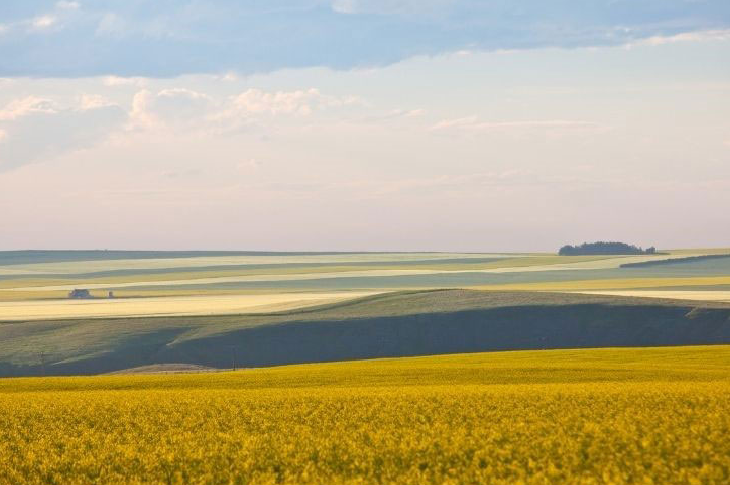Alberta colleges and polytechnics create agriculture and food research collaborative

Seven of Alberta’s colleges and polytechnics have signed a declaration to collaborate to advance agriculture and food research in Alberta. The new partnership includes the Southern Alberta Institute of Technology (SAIT), Olds College, Grande Prairie Regional College, Lakeland College, Lethbridge College, Medicine Hat College and the Northern Alberta Institute of Technology (NAIT).
“The agriculture and food sector industries in Alberta are vital to the economic success of the province,” says Dr. David Ross, SAIT President and CEO.
“The involvement of post-secondary institutions is important, and SAIT looks forward to advancing the initiative through collective research and valuable work-integrated learning for our students.”
Each institution will bring their own applied research specialties in agriculture, technology and environment to the table.
At the same time, a collaborative framework will help identify joint research opportunities, support consistent and competitive fee structures for agriculture and food related applied research services, facilitate work-integrated learning opportunities for students, and allow for the collective sharing of data and results.
Did you know?
Canadian Colleges for a Resilient Recovery (C2R2) is a coalition of 15 Colleges and Institutes Canada (CICan) members — including SAIT — poised to educate a post-pandemic workforce to support a new climate-focused economic recovery. C2R2 will champion projects across Canada to support a recovery that delivers good jobs, positively impact the environment and address socio-economic inequality.
“Individually Alberta’s Colleges and Polytechnics play a critical role in supporting agriculture and food research, collectively our impact is even greater,” says Stuart Cullum, President, Olds College.
“In 2020, Alberta’s agri-food sector was a $56 billion industry and is the largest employer in Alberta. It will continue to be a foundational industry for our region’s economic success and while our institutions are already doing much to collaborate in support of its growth and prosperity, this declaration further solidifies our intent to work in an integrated fashion.”
A commitment to collaborate with industry as co-leaders in building the economy is an institutional priority within SAIT’s 2020-2025 strategic plan, New World. New Thinking. Learn more about applied research and how SAIT is working with industry to solve the issues of today, while developing the innovations of tomorrow.
Industry Driven
We prepare students for successful careers and lives.
SAIT'S
2020-2025
Strategic plan

Oki, Âba wathtech, Danit'ada, Tawnshi, Hello.
SAIT is located on the traditional territories of the Niitsitapi (Blackfoot) and the people of Treaty 7 which includes the Siksika, the Piikani, the Kainai, the Tsuut’ina and the Îyârhe Nakoda of Bearspaw, Chiniki and Goodstoney.
We are situated in an area the Blackfoot tribes traditionally called Moh’kinsstis, where the Bow River meets the Elbow River. We now call it the city of Calgary, which is also home to the Métis Nation of Alberta.